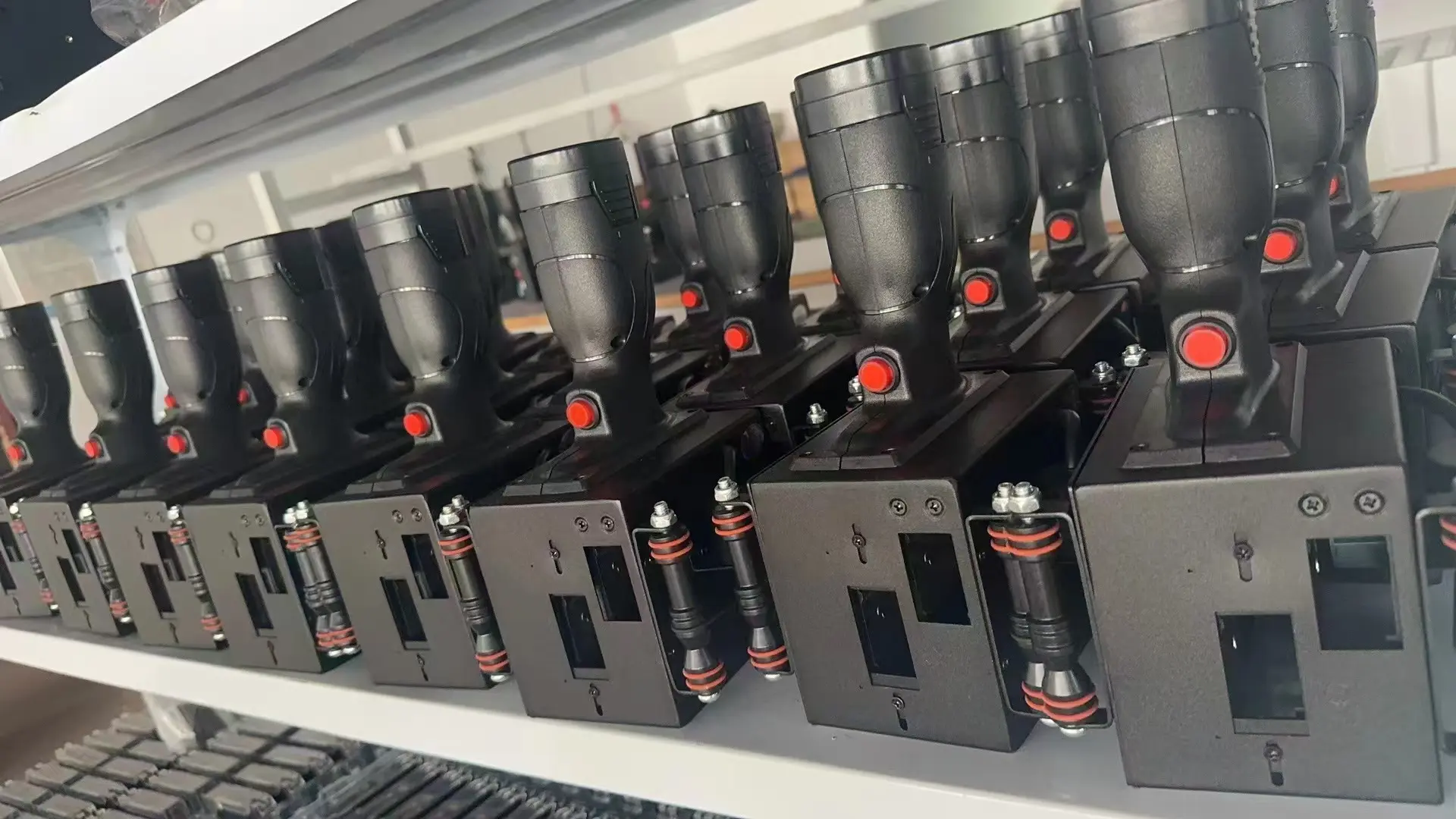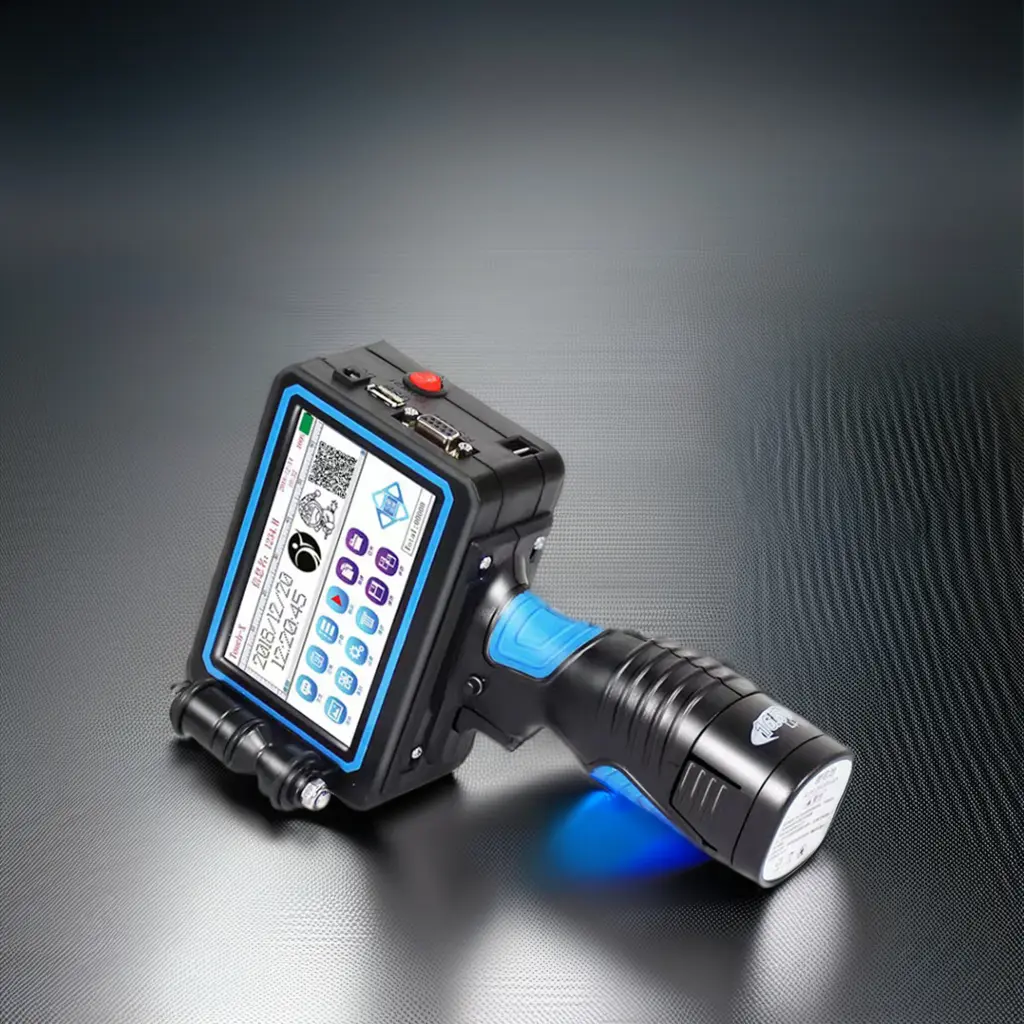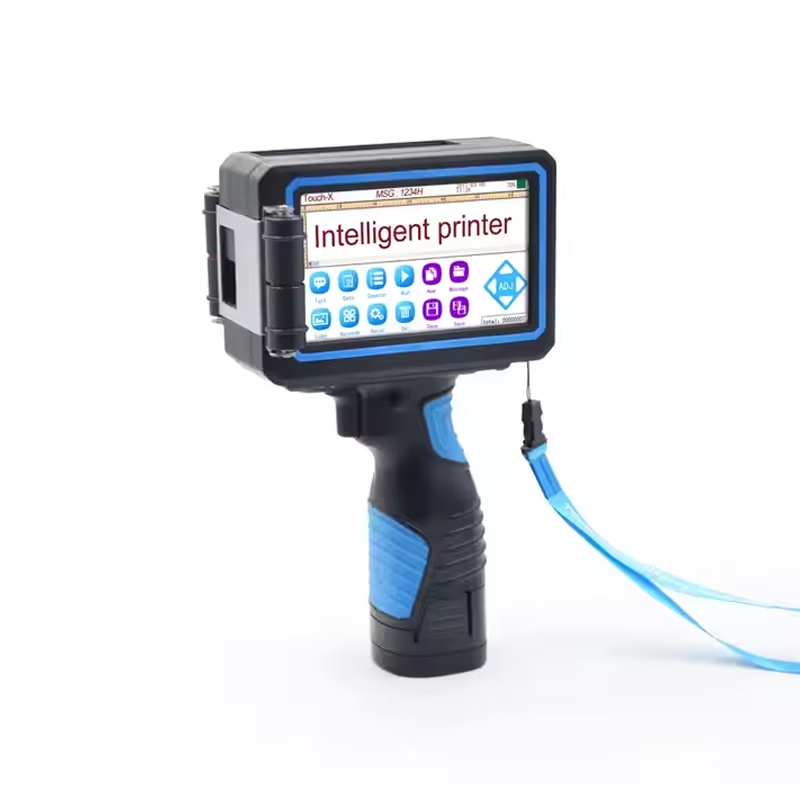Portability and Mobility of Handheld Inkjet Printers
One of the most significant advantages of handheld inkjet printers is their portability. Designed for ease of carriage and operation, these devices allow for on-the-spot printing anywhere within a facility or in the field. This mobility is crucial in industries like manufacturing, warehousing, and logistics, where marking and coding needs can arise at multiple locations.
- Increased Efficiency: Workers can bring the handheld printer to the product rather than moving products to a fixed printing station. This change saves time and reduces labor.
- Flexibility: Handheld inkjet printers adapt easily to changing operational layouts. They are ideal for large warehouses or production lines that require frequent reconfiguration.
Versatility Across Applications with Handheld Printers
Handheld printers boast multifunctional capabilities, capable of printing on a wide array of materials such as paper, plastics, metals, wood, and glass. This versatility makes them suitable for diverse application scenarios.
- Multi-Material Compatibility: Whether it's coding on packaging, labeling metal parts, or marking wooden crates, these printers handle varying surfaces with consistent quality.
- Varied Content Printing: They support printing of texts, barcodes, QR codes, dates, batch numbers, and even customized logos. Therefore, they meet comprehensive industrial marking requirements.
Instantaneous Printing and Data Integration
In an era where real-time data is crucial, handheld inkjet printers offer immediate printing capabilities without the need for a connection to a computer system.
- Real-Time Data Printing: Modern models can integrate with databases and ERP systems. This integration allows for dynamic data printing such as serial numbers, production dates, and variable QR codes.
- Automation Enhancement: By reducing manual data entry errors, they enhance automation within production processes. This feature is vital for supply chain management and anti-counterfeiting measures.
Cost-Effectiveness and Low Maintenance
Compared to large-scale industrial printers, handheld inkjet printers are economically advantageous. They are accessible to small and medium-sized enterprises (SMEs) and individual users.
- Lower Initial Investment: The upfront cost is significantly less. Consequently, they provide a budget-friendly solution without compromising on functionality.
- Reduced Maintenance: These printers typically require minimal upkeep—often limited to ink cartridge replacements and basic cleaning. Thus, they lower ongoing operational costs.
Ease of Operation
Handheld inkjet printers are designed with user-friendly interfaces, often featuring touchscreens or simple button controls.
- Minimal Training Required: Users can quickly learn to operate the device, reducing training time and associated costs.
- Operational Efficiency: Simplified controls mean that workers can focus on productivity without the complexity of operating sophisticated machinery.
High-Resolution Printing Quality
Despite their compact size, handheld inkjet printers deliver high-resolution print outputs.
- Clarity and Legibility: They ensure that markings, whether text or codes, are clear and easy to read. This clarity is essential for compliance with industry regulations and standards.
- Professional Appearance: High-quality printing enhances brand image. It communicates professionalism in product presentation.
Adaptability to Irregular Surfaces
Industrial applications often involve printing on irregular or hard-to-reach surfaces. Handheld inkjet printers excel in these conditions.
- Adjustable Printing Angles: Operators can easily modify the printing angle and distance to suit different surface profiles. Therefore, they maintain consistent print quality.
- Consistent Output: They perform reliably on uneven surfaces, such as pipes, bags, or curved containers.
Durability in Challenging Environments
Built for industrial use, handheld inkjet printers are designed to withstand harsh conditions.
- Robust Construction: Featuring durable materials and protective casings, they operate reliably in dusty, humid, or high-temperature environments.
- Longevity: This durability translates to a longer service life, providing a better return on investment.
Therefore, investing in robust equipment ensures long-term operational efficiency.
Sustainability and Eco-Friendliness
Modern handheld inkjet printers often incorporate sustainable features.
- Efficient Ink Usage: Advanced ink formulations and efficient printing mechanisms reduce waste.
- Energy Efficiency: Lower power consumption compared to larger printers contributes to overall energy savings.
Conclusion
From a professional standpoint, choosing a handheld inkjet printer is a strategic decision offering numerous advantages. Firstly, their mobility and ease of use enhance workflow efficiency. Secondly, lower initial costs and reduced maintenance expenses benefit the bottom line. Moreover, compatibility with various materials and surfaces meets diverse industry needs. Additionally, real-time data printing and system integration support automation and data accuracy.
Therefore, for industries such as manufacturing, logistics, and transportation management, handheld inkjet printers provide a reliable, efficient, and cost-effective solution for marking and coding requirements. Embracing this technology is a step toward greater productivity and competitiveness in a demanding market landscape.
For product options and expert advice, feel free to contact us. You may also explore our range of handheld inkjet printers here.
Keywords: Handheld inkjet printer, portability, versatility, real-time printing, cost-effectiveness, high-resolution printing, industrial marking, operational efficiency, sustainability, adaptability.
External Resources:
By incorporating handheld inkjet printers into your operations, you are not only embracing modern technology but also setting your business up for future success.


